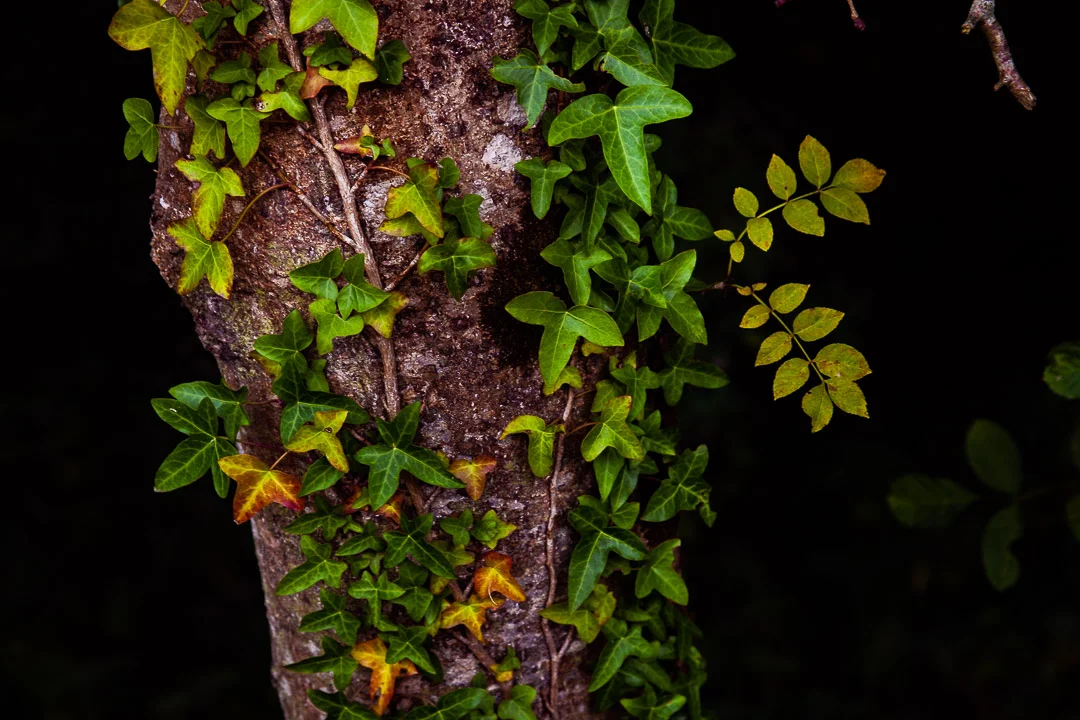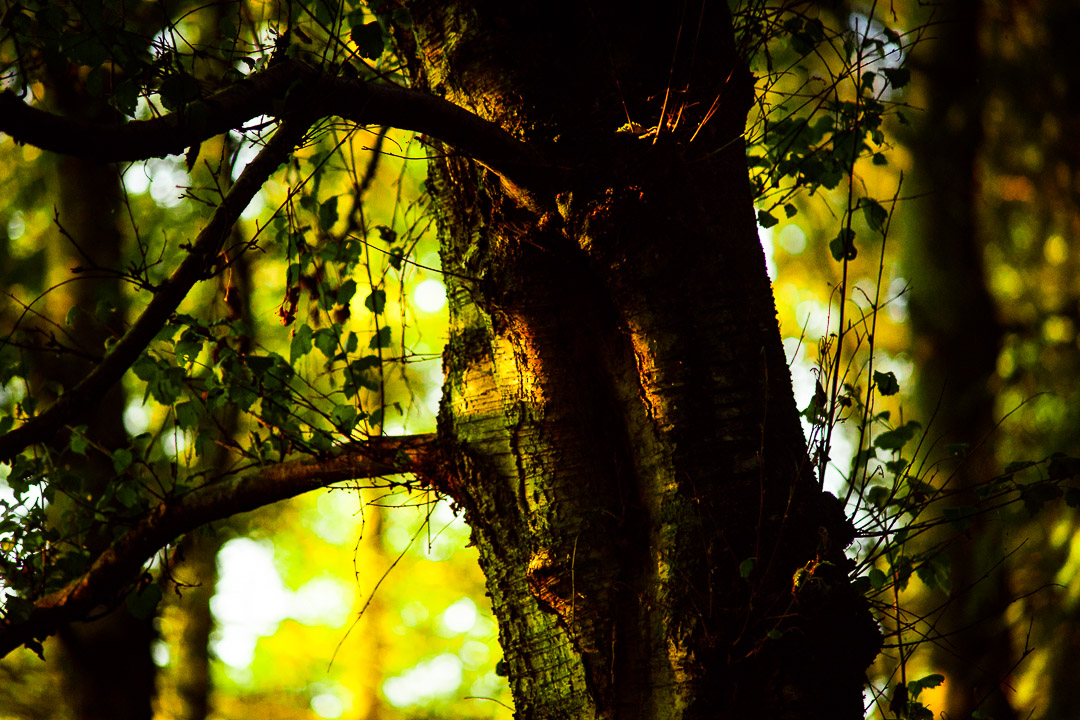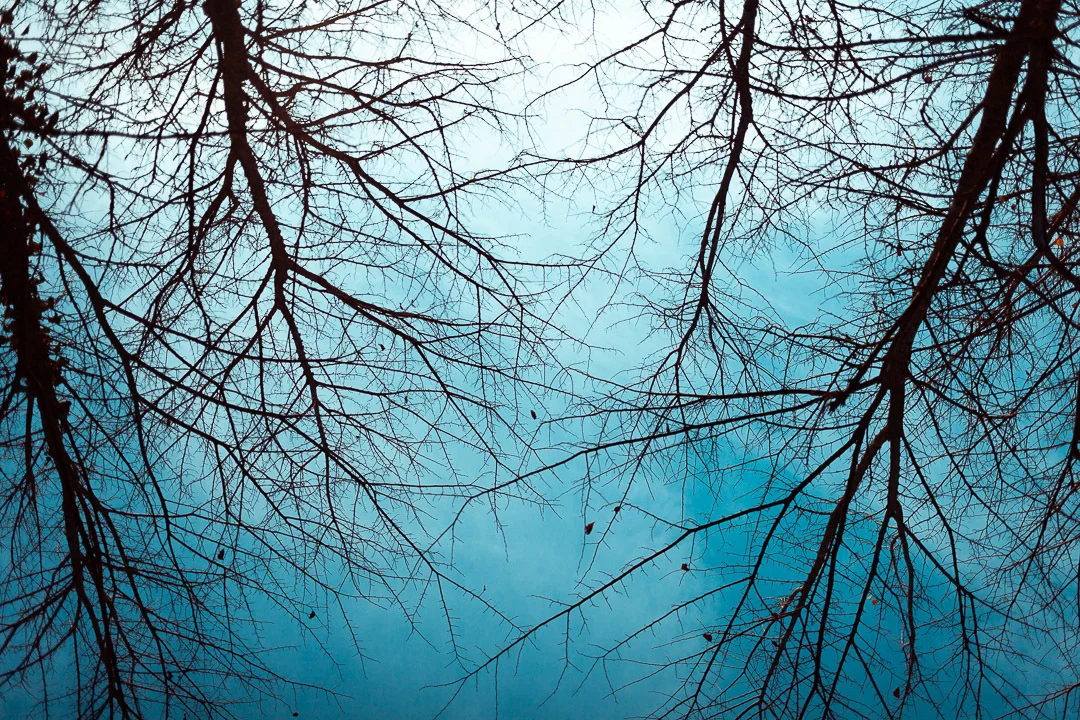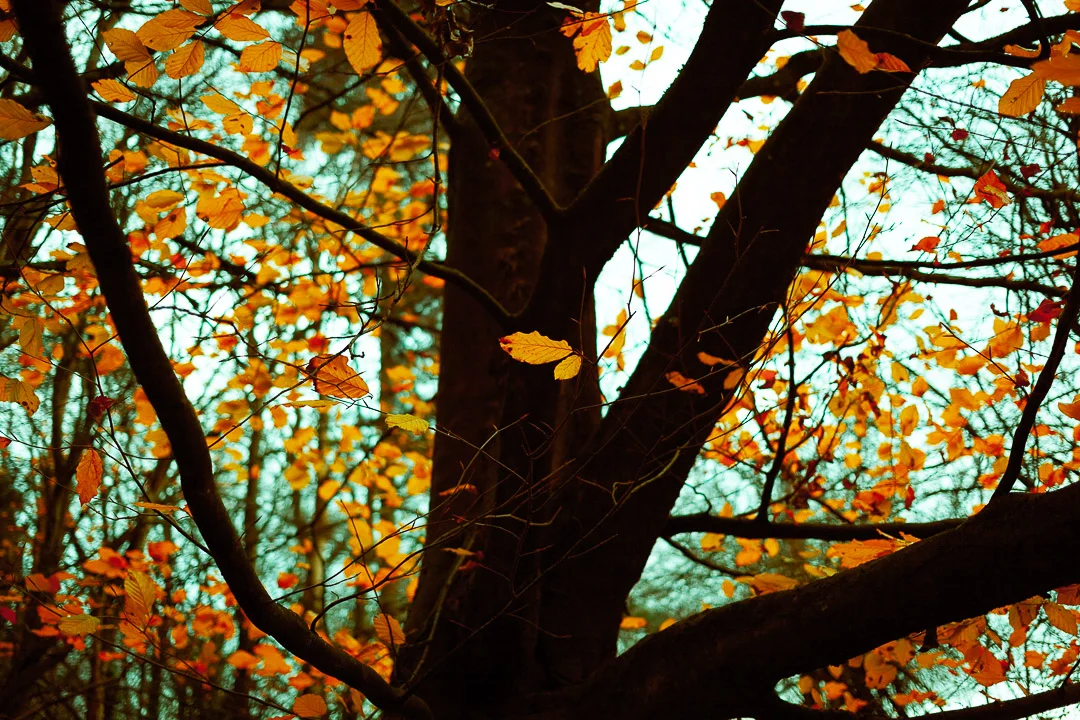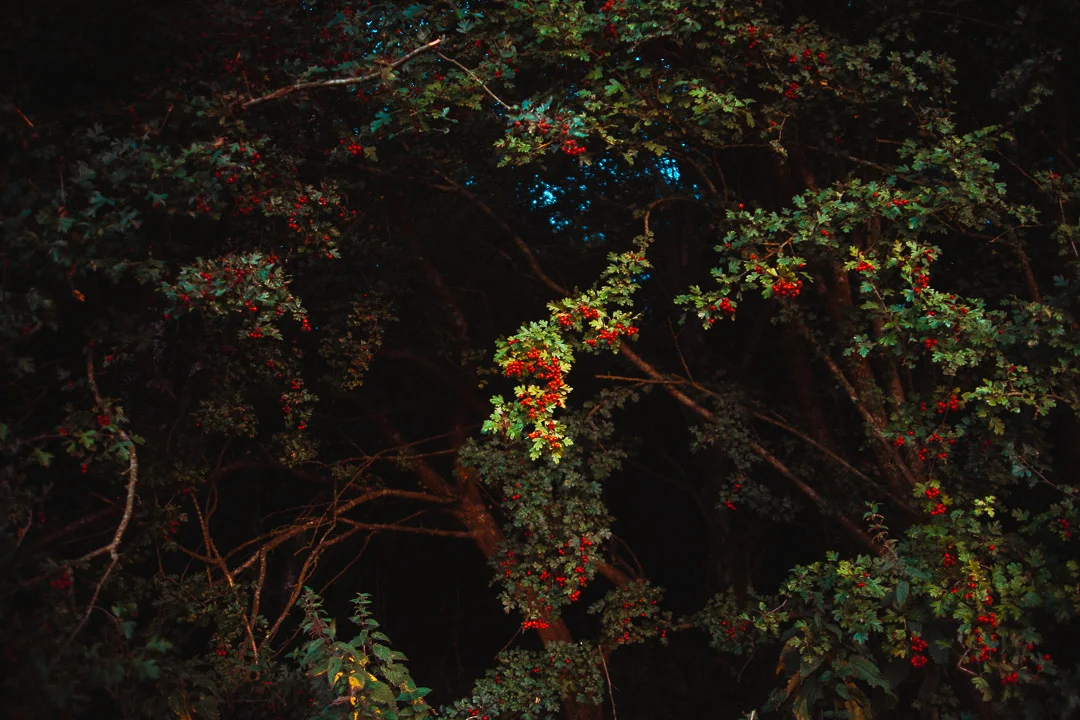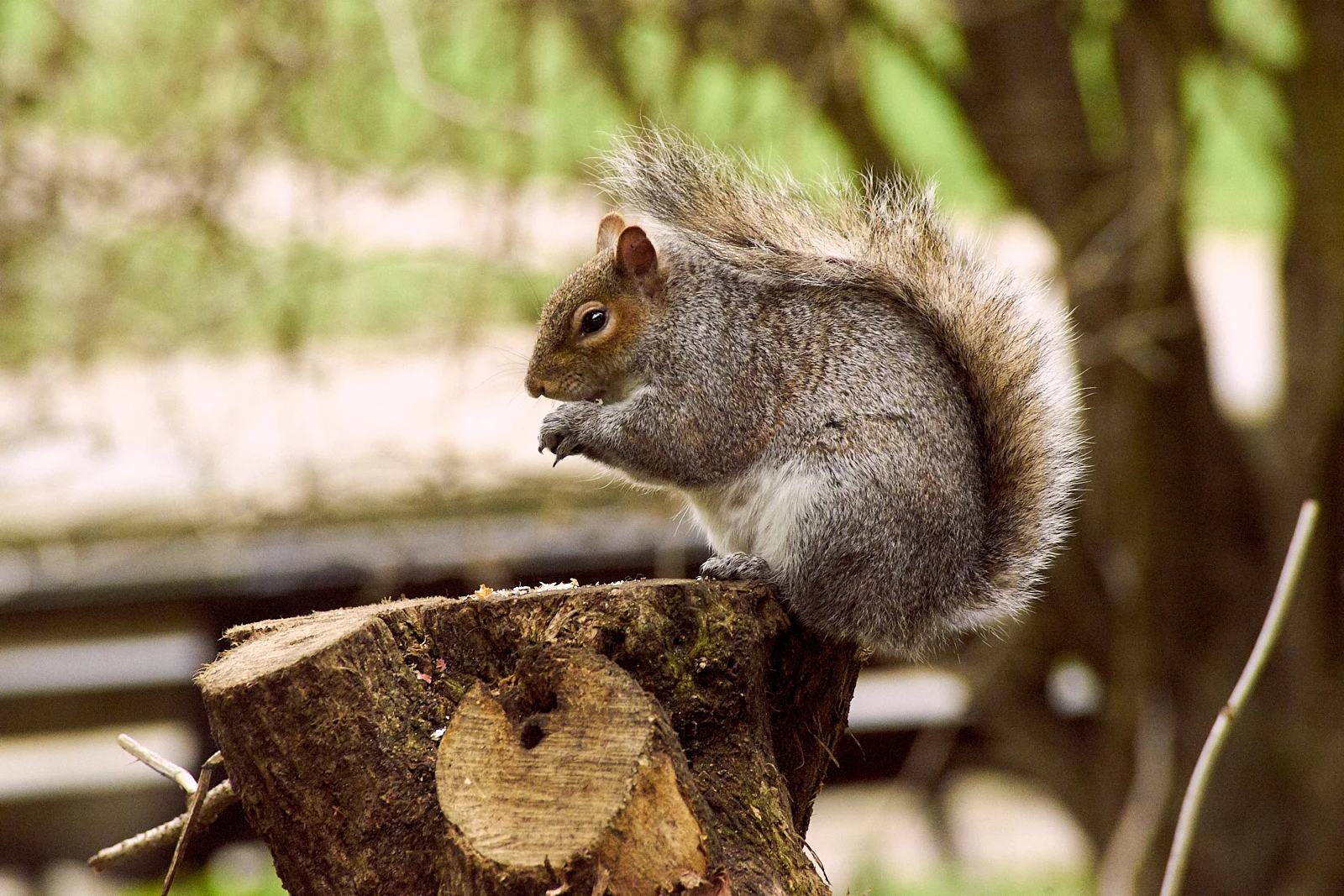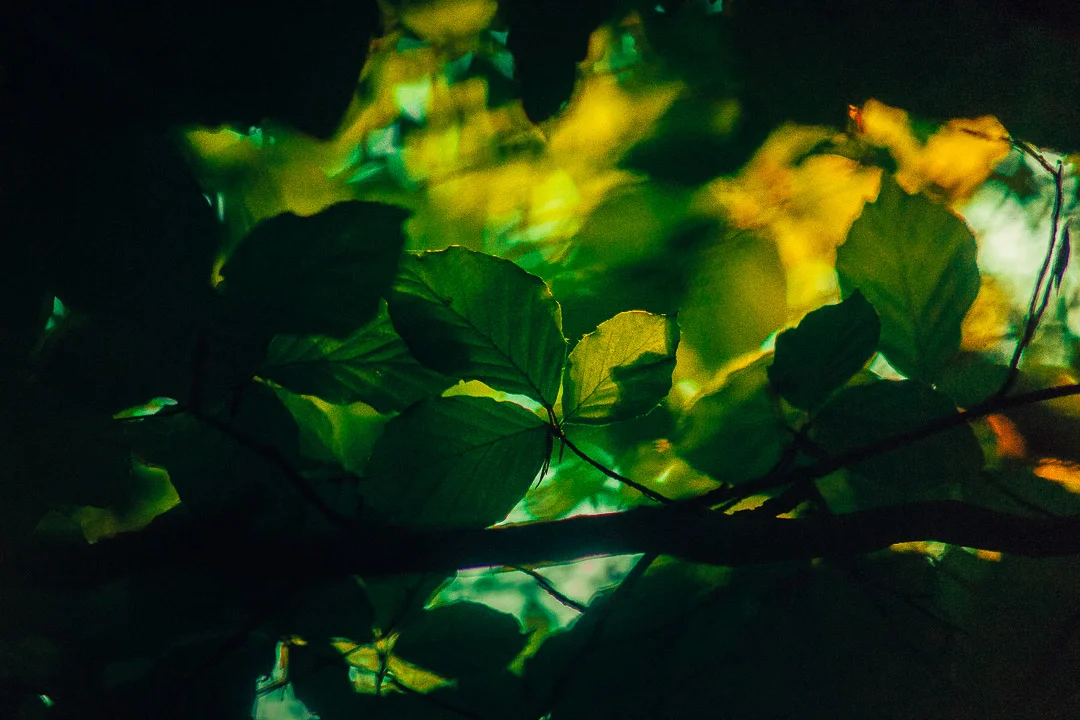Life That Even Vegans Forget About
/Respect for trees is slightly higher than it was in the 1970’s; so, our oxygen supply is still shit out of luck, and soon bottled air will be as abundant in the shops as bottled water.
Respect for animals meanwhile is… tricky. Not eating meat, despite ample other completely natural things to eat, is considered an extremist political view, and eating vegetables is viewed as a difficult dietary choice.
But respect of the life INSIDE, UNDER, and on TOP of a tree?
Even the vegans have a long way to grow.
Each branch of every tree that makes up the forest canopy is a new nebula, wrapped tip to trunk in layers of life, teeming on magnitudes of size unimaginable to our minds - in which we inhabit a narrow strip of scale that our human eyes dictate, harshly segregating the resulting ‘macroscopic’ and ‘microscopic’ universes.
We and the tree are macroscopic; yet, only one of us is born ignorant of the microscopic universe layered over our own as an almost uninterrupted blanket of insects, bacteria, and fungus.
Starting on the ‘sodding small’ end of the spectrum, you’ll find cellular life, all the way up to still-microscopic insects inhabiting a whole different world to us; in which we are the ‘hecking enourmous’ celestial bodies that eclipse their skies.
Every growing - and even decaying - branch on every tree in your garden, is a rolled up lasagne of life, soaked in life, sprinkled with more life.
Literally dripping all over the floor, with life.
Just the actual tree itself is a wonder, so the stuff you can see with the naked eye up close is incredible. The microscopic life though? It’s a whole new universe that begins out of range of our sight and ends at a scale that our brains can’t fathom.
Humans, similarly, host literal trillions of microbes, coated inside and out with bacteria.
The 97% of us that isn’t bacteria is just like the tree, a growing superorganism that is layered inside and out with a calculator-crashing number of diverse lifeforms who also play their part in our own survival - as a superorganism, they are us.
Then there’s the mysterious internet of interconnected roots, which probe a whole other underground network of mycelium, sending future-science-only-knows what type of information across miles of soilscape.
Fungus, the original ‘Deep Web’.
So, a superorganism that’s home to not just bacteria; but fungus, bugs, birds, small creatures - and big creatures sometimes (goats being the most hilarious) - constantly rebuilding families, tribes, homes, colonies, and entire new species, all among the tree canopy.
Forests are crammed with animals no more hidden than anything else that hides from noisy predators; animals have ample time to spend, waiting for whatever made that noise to get bored, hopefully with the assumption that there’s no life here to find.
As a result, people who have only brief interactions with trees see nature as a dull gradient of green, dotted with a dozen bug nests, scattered with some smelly cattle, and lots of generic grass - lacking, at the very least, a good place to park.
Realistically, what few animals the majority of people see are the huge ones: cows, sheep, pigs, dogs, butchered by someone else far away, portioned out in plastic, labelled something euphemistic and fancy sounding, and then sold in the frozen section of the shop, alongside a picture of a single cow on a patch of grass by a couple of isolated trees.
So, if maintaining a respect for common animals seems hard enough for most people, how can respect of nocturnal, hidden, and microscopic life be possible, when our only interactions with animals are treating them as lesser?
Where do the tree super-organisms, that make all the oxygen for this complicated ethical debate to happen, rank on your own personal hierarchy?
For many people, trees don’t even rate.
But damn do I love a tree canopy.


